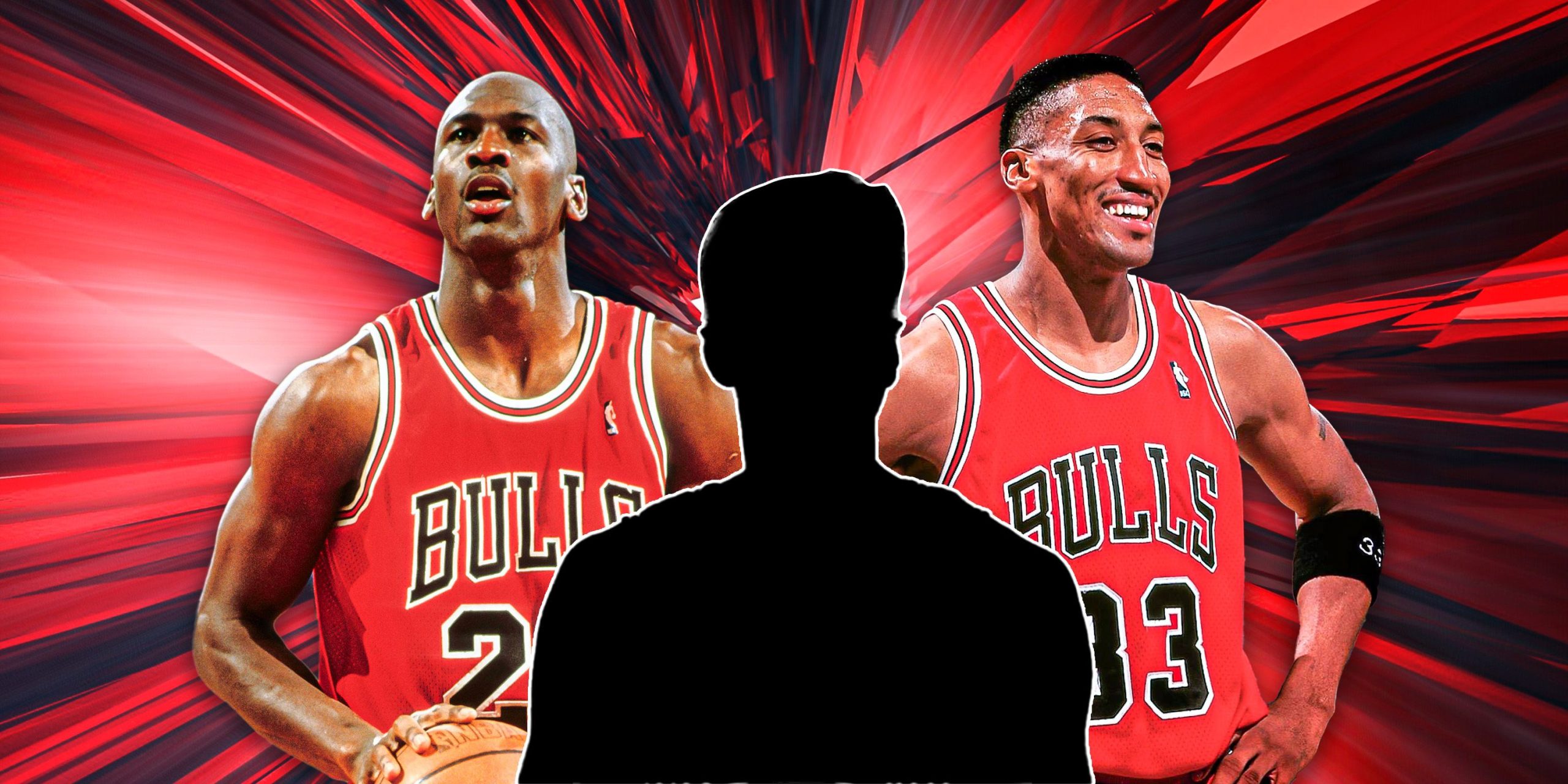The intricate relationships among teammates and the distinctive leadership styles prevalent throughout the 1990s NBA continue to spark considerable discussion, particularly when reflecting on iconic dynasties. Central to these ongoing conversations is the legendary duo of Michael Jordan and Scottie Pippen, whose dynamic has remained a subject of intense scrutiny and occasional controversy even decades later. While Jordan’s uncompromising approach often created friction, the unparalleled success of the Chicago Bulls during his tenure undeniably speaks volumes about the efficacy of his methods.
Amidst the larger-than-life personalities and intense pressures of championship basketball, numerous unsung heroes played pivotal roles in forging the Bulls’ historic dominance. One such indispensable contributor to the team’s second three-peat was the versatile forward, Toni Kukoc. Heralded as one of Europe’s most decorated basketball talents upon joining the Chicago Bulls in 1993, Kukoc quickly cemented his status as a crucial role player, adapting seamlessly to the rigorous demands of a championship-contending roster alongside NBA legends.
In a recent candid interview, Toni Kukoc offered a rare glimpse into the contrasting temperaments and leadership philosophies of Michael Jordan and Scottie Pippen, characterizing their relationship as a fundamental opposition: “They were yin and yang. Scottie was the white, Michael was the black.” This stark comparison underscores the profound differences in their approaches to team play and player management, painting a clearer picture of the unique dynamics within the formidable Chicago Bulls squad.
Kukoc elaborated on Michael Jordan’s demanding nature, recounting instances where Jordan’s intensity was often misinterpreted as bullying. He recalled situations where players would complain about Jordan’s reluctance to pass, only for Jordan to finally distribute the ball, expecting immediate action. “Then he’d finally pass it, and if the guy didn’t shoot, Michael would go off. ‘You’ve been bitching for two months that I’m not passing you the ball, and now that I did, you didn’t shoot.’” This anecdote highlights Jordan’s relentless pursuit of perfection and his expectation that every player on the Chicago Bulls roster operate at his own high standard.
Far from being a mere bully, Jordan simply “demanded that everyone give everything they had. Nothing more, nothing less,” Kukoc clarified. This unwavering expectation fostered an environment of intense accountability and relentless effort, crucial for a team aiming for multiple championships. While formidable, Jordan’s approach required a counter-balance, which Scottie Pippen inherently provided, often acting as a bridge between Jordan’s fierce demands and the rest of the team. Pippen’s calmer demeanor was essential in maintaining team cohesion under pressure.
The enduring fascination with these NBA legends was significantly rekindled by Netflix’s “The Last Dance” documentary, which brought the intricate team dynamics and personal rivalries of the Chicago Bulls’ championship era back into the global spotlight. This acclaimed production, in fact, contributed to a public rift between Michael Jordan and Scottie Pippen, illustrating the deep impact of their shared history and differing recollections of events, further cementing their status as iconic figures in basketball lore.
Despite the controversies that have emerged since, Toni Kukoc harbors no animosity, suggesting that Michael Jordan generally operated within acceptable boundaries, even while running a exceptionally “tight ship” during the Bulls’ unprecedented second three-peat. He reiterates that Scottie Pippen’s presence was not just complementary, but a necessary equilibrium, providing the essential counterpoint to Jordan’s demanding leadership, thereby ensuring the Chicago Bulls remained a cohesive and dominant force in the NBA. This balance of contrasting leadership styles was fundamental to their historic success.






Leave a Reply